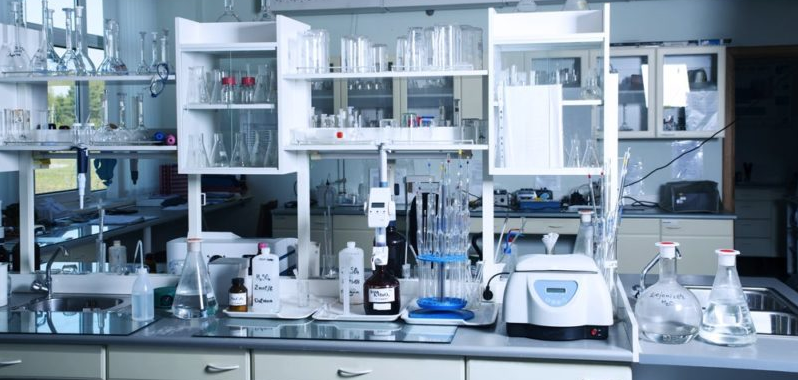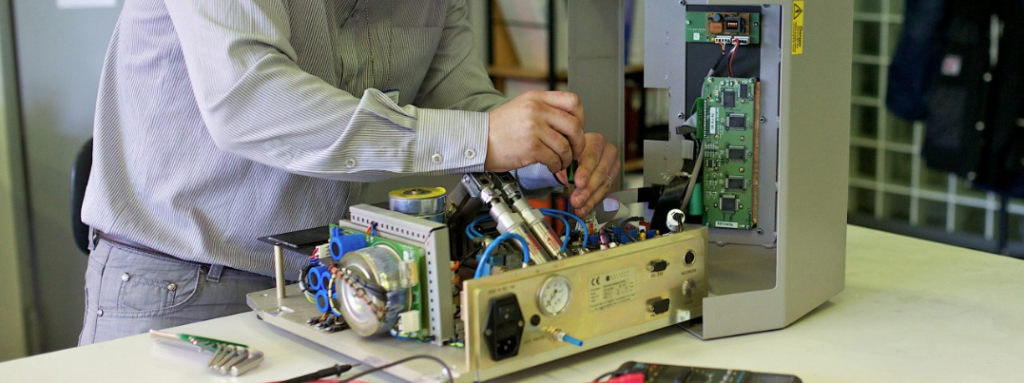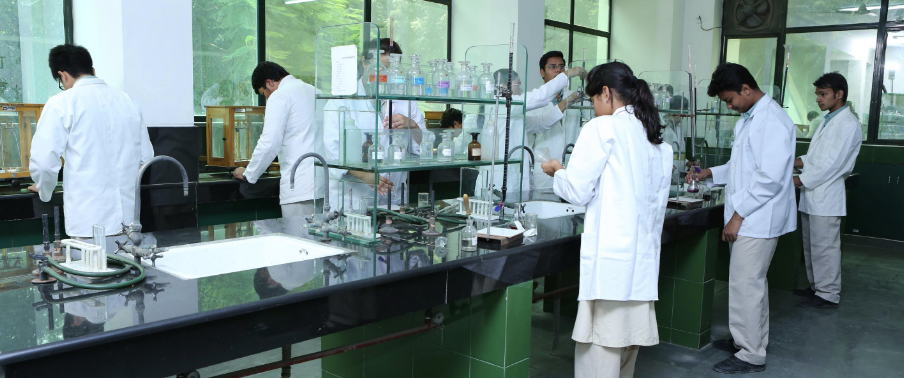The CO2 incubator is a critical piece of lab equipment designed to create and reliably maintain a sterile, pH-optimized, humidified, in vitro environment for the culture of living tissues or cells.
There are two main types of incubators: direct heat and water jacket. In order to determine which type of incubator best suits your needs, it’s important to review and evaluate the advantages and drawbacks of each. Because different cell types respond differently to temperature fluctuations, hypoxia, and vibrations, it is also critical to review your choices of incubator in light of which types of cells you plan to incubate, and where you plan to place the incubator within your lab.
Once you have determined the ideal living conditions for your cells, and where the incubator will be placed within your lab, use the five considerations below to choose the right incubator for your needs:
Know the advantages and drawbacks of direct heat vs. water jacket incubators.
A water jacket incubator has a water-filled layer, or “jacket”, surrounding the growth chamber. The water within the jacket circulates, creating a relatively uniform interior temperature and thermal buffer against outside air fluctuations. Because water jacket incubators can hold heat up to five times longer than direct heat units, they are especially advantageous in the event of a power outage. A water jacket also reduces vibrations, which is valuable when you are working with sensitive cells.
Keep in mind, however, that water jacket incubators are very heavy when filled, and can take up to 24 hours to reach a stable operating temperature. Also, because they are not designed to operate at temperatures high enough to sterilize or decontaminate, gas decontamination may be required.
Like water jacket units, direct heat incubators also heat the inner chamber through conduction; however the inner walls of the unit have direct contact with heating coils instead of the water jacket. This results in more rapid temperature changes. Rather than the 24 hours a water-jacket unit takes to reach required temperature, setup of a direct heat incubator takes only eight hours. Its heating coils can also reach temperatures to sufficiently sterilize and decontaminate.
On the other hand, because the direct heat incubator’s heating coils have very specific contact points on the inner walls, the inner chambers of this type of incubator are less uniformly heated and are more susceptible to changing ambient air temperature and temperature fluctuations. When temperature stability is critical, a water jacket incubator may be more suitable for your needs.
Determine where within the lab the incubator will be located.
Because the environment that surrounds the incubator affects the way it functions, determining where the unit will be located is important before you make a decision. A water jacket incubator works best in a “hot spot” or if the ambient temperature of the lab changes frequently. The water conduction system is significantly more resistant to external temperature changes than are the coils of a direct heat incubator. If the incubator is to be placed near equipment that vibrates heavily such as a centrifuge, a water jacket unit will minimize this movement.
Assess the humidity controls of the incubator.
The ability to maintain the ideal humidity within the incubator is critical because it prevents evaporation from the cell culture. When water evaporates from the media, the concentration of amino acids, salts, and metabolites spikes, causing osmotic pressure to rise and subsequent damage to cells. Regulating the amount and type of airflow that occurs within the chamber also affects the rate of evaporation. Some incubators have introduced systems to slow the airflow to minimize evaporation and avoid drying out cell cultures. When comparing incubators based on this feature, look for the number of air exchanges over time within the inner chamber.
Decide if hypoxic control is necessary and determine accuracy of gas sensors.
Preserving a healthy level of carbon dioxide within an incubator is important because the interaction of CO2 with the cell culture media determines the media’s pH. Many incubators use conventional thermal conductivity (TC) sensors, but newer models rely on a type of infrared (IR) sensor that is less sensitive to chamber humidity and temperature.
Oxygen levels can also have drastic effects on the growth of some cultures such as stem cells or primary tissues. An incubator with O2 controls uses nitrogen gas to lower the concentration of O2 within the growth chamber. Evaluating the need in your lab for this type of gas control measure is an important consideration when purchasing an incubator.
Consider options for constant contamination control.
Contaminants can be entered into the incubator simply by opening the door. When an incubator is maintained with positive pressure within the growth chamber, airflow into the chamber is minimized—preventing airborne contamination. Internal air is then forced through a HEPA filter to provide an extra layer of sterilization.
Note that a HEPA filter installed inside the growth chamber can be problematic, especially if the blower’s motor stops, causing contaminants from the filter to fall on your cultures. Consider an externally mounted HEPA filter for easier service and repair, and to protect cells from potential contaminants. If sterility of cultures is a top priority, be especially mindful of an incubator’s contamination controls prior to purchase.
A well-designed, properly functioning laboratory often includes incubators to keep cells growing well and protected from contaminants. Taking the time to assess your needs in light of these five considerations will help you make an appropriate choice.






